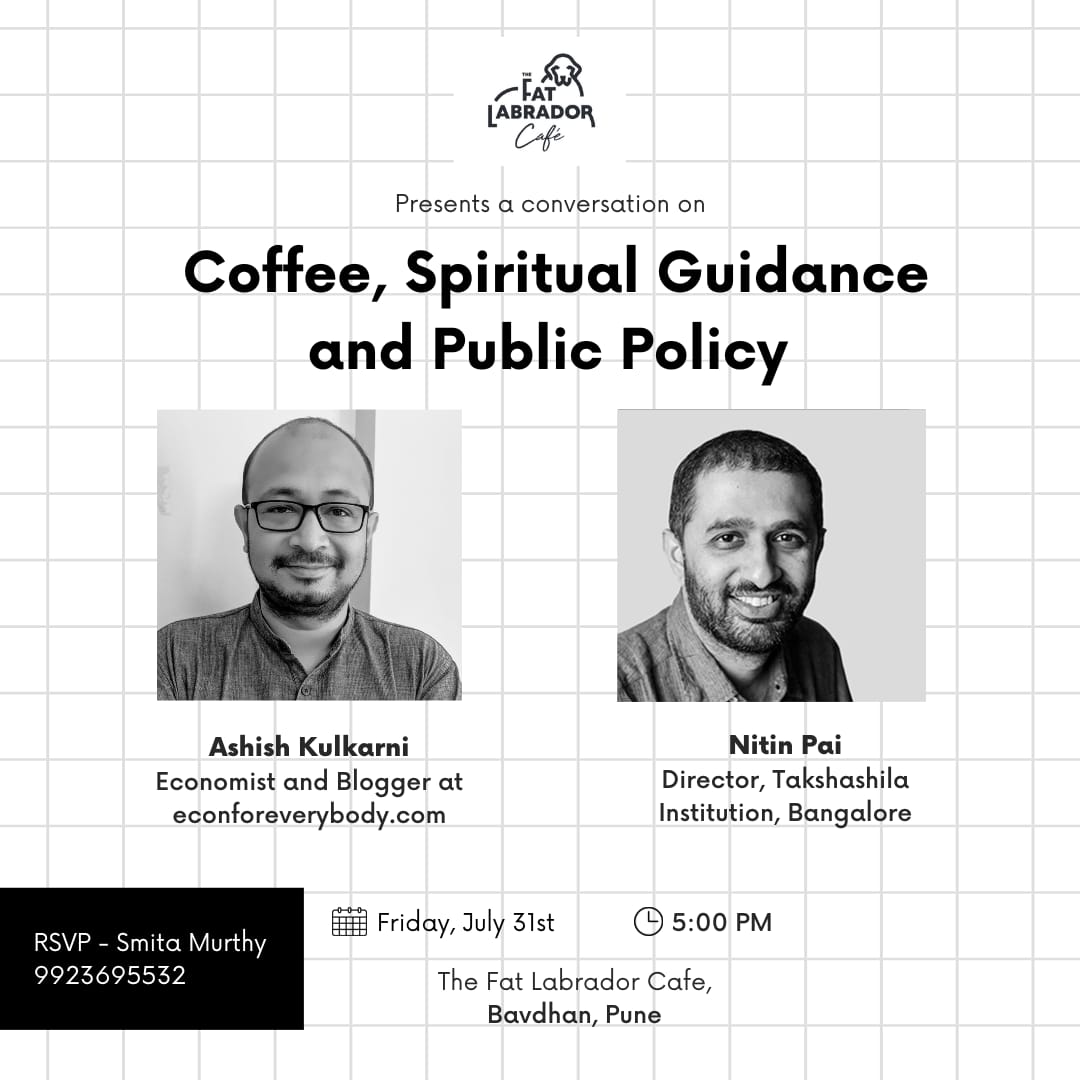The basic idea is that the best form of government is one by popular consent, and since it is impractical to get everyone’s opinion on every issue, people elect a few hundred representatives who act on their behalf.
https://www.livemint.com/opinion/columns/the-operating-system-of-liberal-democracy-needs-a-big-upgrade-11658083571279.html
That’s from a recent column by Nitin Pai in Livemint. As he goes on to point out in the column, saying this about democracy is all well and good, and you can dig deeper and build better definitions of democracy, but it is fair to say the way representative democracy works in practice is rather different from the ivory tower definition of the term.
The citizenry isn’t as engaged as one would want them to be, politicians (in power, in the opposition or currently unelected) don’t always apply their mind to complex policy issues to the extent that they should, and engagement between the political class and society isn’t as regular, extensive and deep as one would like it to be.
But the idea, as Nitin puts it, isn’t to seek out a new system, but to try and make the current one better than it is right now. Quick reminder: when evaluating a proposal, don’t ask if it is perfect. Ask if the proposal stands a decent chance of making the status quo better. Remember the magic question when evaluating a proposal: relative to what? That is, is any proposal good or bad relative to the status quo – not relative to utopian perfection.
One way to improve democracy as we currently know it, Nitin says, is by “combining the methodology of open source software development with platforms like wikis”, and then deploying this combination to “harness voice and expertise from the whole of society”. I found myself wishing for a specific example or two about how this might be done, and that leads me to two separate (but related) points.
First, a recent blogpost from the Public Financial Management Blog, run by researchers in the IMF:
Good leadership requires good information to support smart, timely decisions. More fundamentally, modern democracy itself relies on information that can be understood and trusted by its citizens and interpreted by all stakeholders. Nowhere is this more important than in the management of our public resources.
https://blog-pfm.imf.org/pfmblog/2022/07/-public-financial-management-and-google-maps-.html
A comprehensive public financial management system enables leaders to make better informed decisions and allows their actions to be measured and judged by the broader public – politicians, the media, NGOs, and individual citizens. This means looking beyond easy-to-measure near term flows (e.g., public spending, tax revenues, net borrowing, or for that matter, GDP) that governments tend to focus on, and to look at more fundamental measures, including the use of public assets, the incurrence of liabilities, and the creation or destruction of public net worth from one period to the next, or from one generation to the next.
I’ll use Pune as an example to provide context to this excerpt. Do you know what the Pune Municipal Corporation’s annual budget looks like, and how it has changed over the previous decade? Do you know how much land the PMC owns, what it is valued at, how it is being used, and how this has changed over time? How much has it borrowed, from whom, under what conditions and for what purposes?
Now, I’m an economist, and even I’ll happily admit that this isn’t the most entertaining of material to go through. But that’s the point! What Nitin is saying is that making this kind of information available for all to look at in an easy to understand way would be A Very Good Thing.
The PFM blog draws upon the analogy of digital maps, and says that public accounting can be thought of in terms of a digital map. A map, they say, has at least two layers – one, the layout of a city, and second, how that layout looks like right now in terms of traffic density.
And they make the point that if one were to think of a government’s finances in terms of a map, both of these layers are currently problematic. First, the underlying map – the balance sheet – is itself problematic because of outdated information. Such as property asset valuation that isn’t exactly up to date, for example. And second, public accounting is nowhere near as dynamic as the authors of the blog would like it to be, and is also a tad too myopic for their liking. They suggest a move to high quality accrual accounting (which is a whole other topic in and of itself) to help solve this particular problem.
Only full integration will enable better informed decision-making that reflects all resources and flows. And only then can governments – and citizens – enjoy the benefits of a financial management system that has the potential to promote optimal use of public resources. Given the political will, such changes could be accommodated relatively easily within existing accrual accounting systems.
https://blog-pfm.imf.org/pfmblog/2022/07/-public-financial-management-and-google-maps-.html
To me, this is one example of what Nitin is getting at, although I’m sure there are many more such examples.
And that gets me to my second point:

Nitin and I will be in conversation next Friday at the Fat Labrador Cafe in Bavdhan, Pune. As the poster says, we’ll be talking about coffee (he takes this stuff seriously, just as one should), spiritual matters (ditto) and also public policy (knock yourself out).
If you’re in Pune, and are interested in any of these topics (or even better, all three) do drop by, and join us for a conversation that promises to be a whole lot of fun!
